
Wing Chun Main Menu
Training Hall Sub Menu



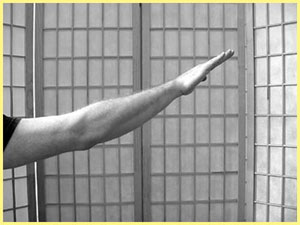
From a front stance, Bil Sao (finger thrusting arm) thrusts straight out from your center. Bil Sao in application is applied directly out of your center or central-line and is used for filling space, creating an angle of deflection, attacking, or simultaneous deflection and attack.
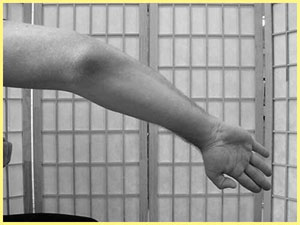
Bong Sao (raised elbow arm) from a front stance. Open your fist and move the palm, facing up, into the center. Stop when your wrist is in your center-line, then raise the elbow up to the level of the shoulder; the palm and forearm will rotate out. This hand position creates an angle of deflection and can be used to fill upper and middle zones. In addition, bong sao is an intricate part of the kan sao and quan sao positions. top
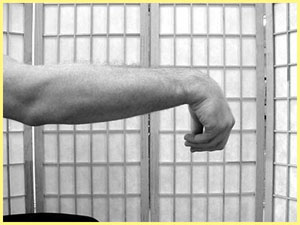
Fook Sao (hooking hand arm) extends from the center with the hand curled down and the fingertips together, similar to a bird's beak. Focus more on your elbow moving in toward the center than on your hand going out. With the position of the wrist and the forearm, Fook Sao creates a tunnel for redirection and deflection. top
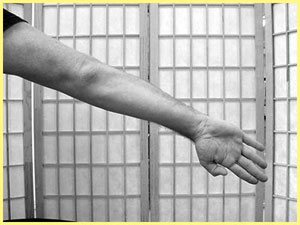
Fut Sao (outward palm arm) sweeps directly out from the center of the body. The nature of fut sao is to rise outward and upward. To show complete range of movement of the fut sao hand position, we are going to start with the tan sao position. Fut sao can also be applied to the side, as seen in the 4th section of the sil lum tao. This use of the fut sao is for deflection and attack. top
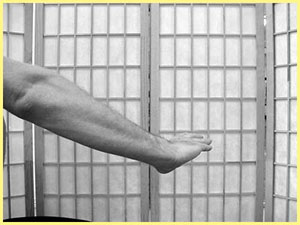
Gum Sao (jamming arm) is a strike-like jamming motion applied at an angle, which is great for stopping rising attacks like kicks and upper cuts. The work area of the hand is the side of the palm. top
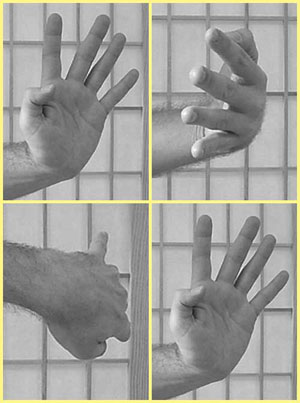
Open your hand and rotate your palm in a circular motion inward at the wrist, completing a circle. In our forms, huen sao (circling hand arm) rotates inward. This rotation of the wrist can move your positioning to the inside out or the outside in. In application, the key is to keep contact with the limb that you are moving around and keeping the rotation in your central-line. top
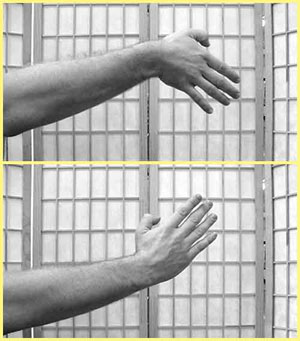
Jut Sao (snapping arm) is performed with the hand extended out in the center-line. The fingers are pointed downward, with the folded thumb knuckle pointing up. The wrist then snaps down. This is not a physical move. It is a Qi strike or deflection. When practicing, picture your hand as a puppet with someone tugging down on your string. In application, this is a simple movement done in a small range up and down or side to side. top
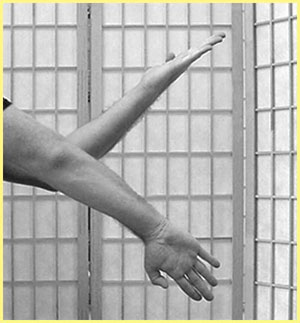
This hand position is a combination of tan sao (high) and fut sao (low). Tan sao should rise out and fut sao should sweep out of the center simultaneously. This combination can be used to fill space in multiple zones. In addition, pak sao can be used in substitution for tan sao in the high position. top
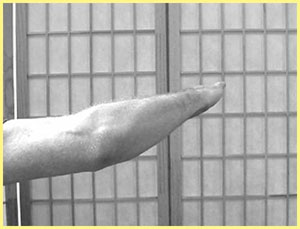
In a front stance, the arm moves inward. The wrist will stop in the center. Remember that the arm does not form a complete 90º angle so that the hand position does not collapse. Lan sao, as in all Wing Chun hand positions, has multiple uses. The Wing Chun practitioner fills space and creates an angle of deflection that in addition can be used as a stripping motion. top
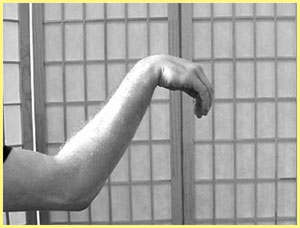
This is not a grab. It is a thumbless contact grip used to feel and redirect movement. The elbow should remain relaxed and down. top
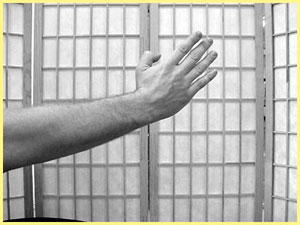
Pak Sao comes directly out of the center of the body. It is used to fill space and create an angle of deflection. In practice exercises, the contact point is on the side of the palm, below the little finger. In application, the contact may vary from the side of the palm to the lower mid-point of the lateral side of the forearm. top
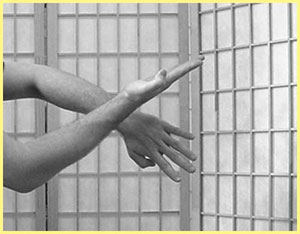
This hand position is a combination of tan sao (high) and bong sao (low). This combination can be used to fill space in multiple zones. In addition, pak sao can be used in substitution for tan sao in the high position. top
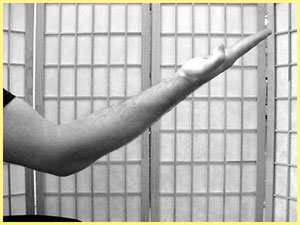
From your side, open your palm and move it up and out of your center as if it is moving on an invisible track up a mountain. Your elbow should be a fist-and-a-half away from the body. Placing your fist on your chest and extending your thumb will give you this representation. top
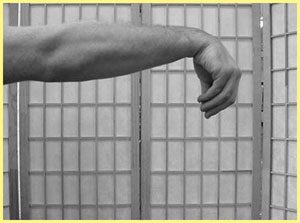
Tie Sao extends out from the center of the body, around the level of your waist, and then rises up to the level of your nose. Your fingertips should be together, similar to the fook sao hand position. This is one of the few long bridging techniques in the Wing Chun system. Moving an extended arm such as gum sao to a raised arm position like tie sao would be an example of long bridging. top
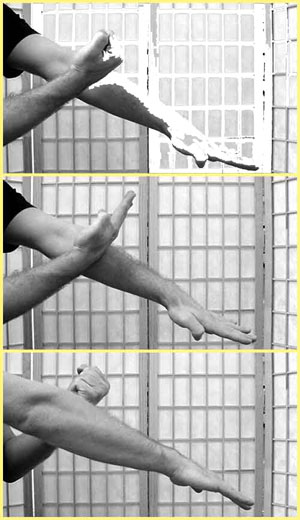
Tut Sao works off of a contact point. By sliding down one's arm, you will take the bridge right to the opponent. top
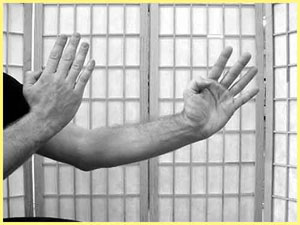
Wu Sao, or the rear hand, is the protecting or covering hand in attack or defense. top